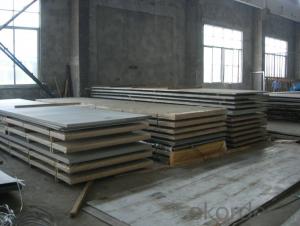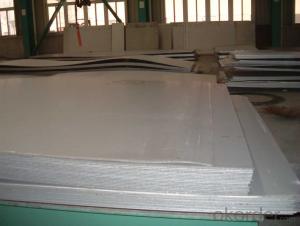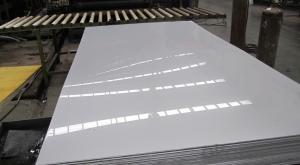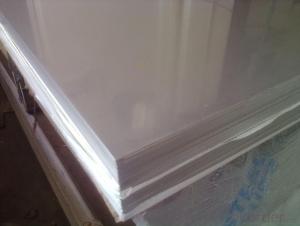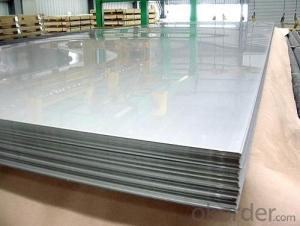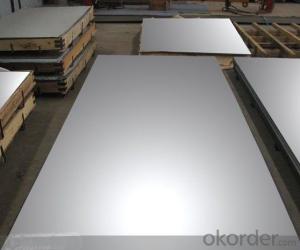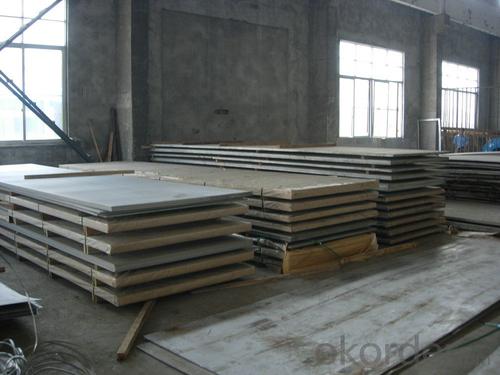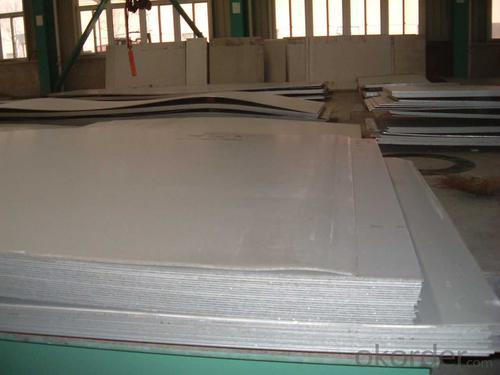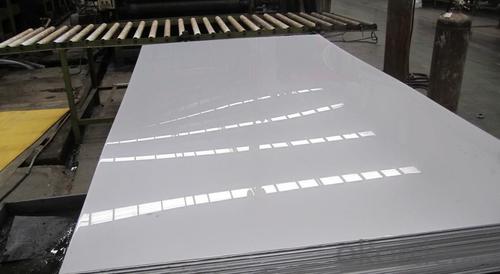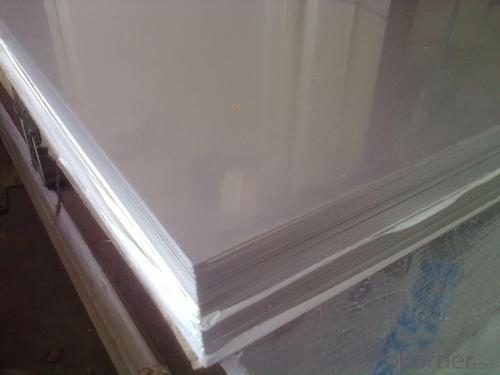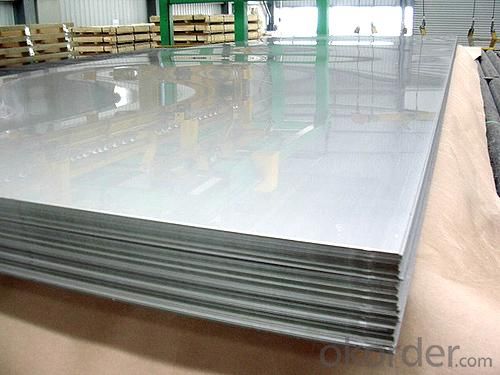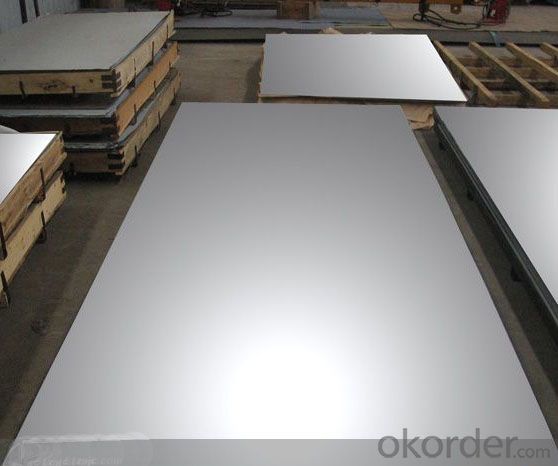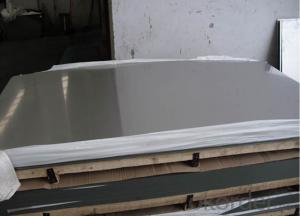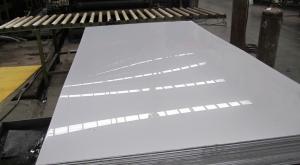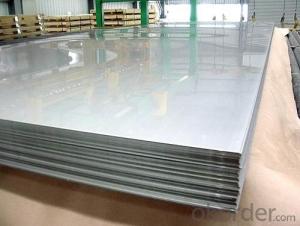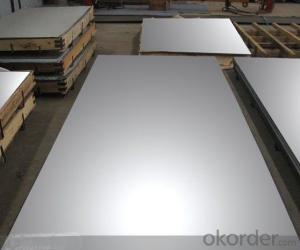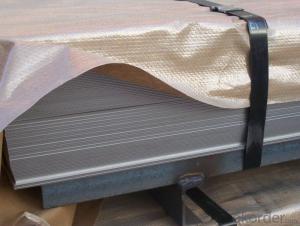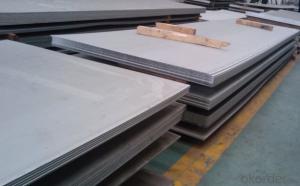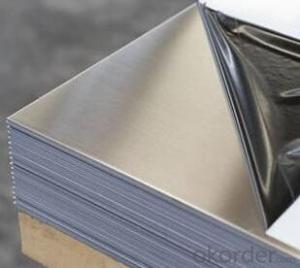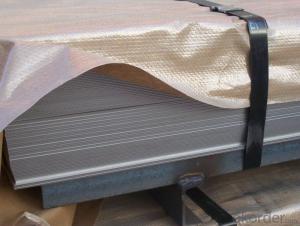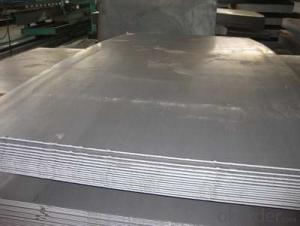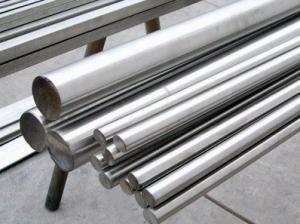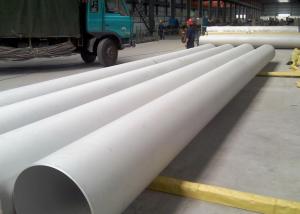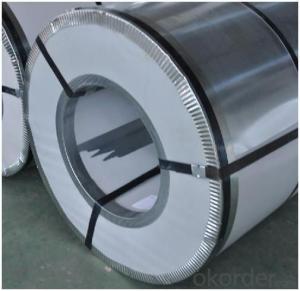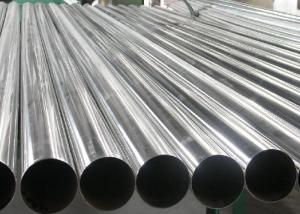Stainless Steel Plate 304 with Surface Treatment
- Loading Port:
- Shanghai
- Payment Terms:
- TT OR LC
- Min Order Qty:
- 1000 m.t.
- Supply Capability:
- 5000000 m.t./month
OKorder Service Pledge
OKorder Financial Service
You Might Also Like
Product Description
Stainless Steel Plate 304 with Surface Treatment
Description of Stainless Steel Sheet:
Description | steel sheet,hot rolled steel sheet,cold rolled steel sheet, steel sheet,sheet,steel plate |
Material |
201/202,304/304L, 310S/309S/316L/316Ti/321,410/420/430/444/443/409L, and 904L
|
Standard | ASME, ASTM, EN ,BS,GB,DIN, JIS etc |
Application | Steel sheet applies to construction field, ships building industry, petroleum & chemical industries, war and electricity industries, food processing and medical industry, boiler heat exchanger, machinery and hardware fields. |
Packaging | Standard export sea-worthy packing |
Delivery time | 10-30 days |
Quality | No.1 |
Productivity | 500 tons/Day |
Note | Our company has cooperative relation between the domestic agents. Stainless steel sheet can be made accordingto the customers requirements. Fasten delivery. Quality assured. |
Contacts | If you have any question,please feel free contact me. |
Stainless steel sheet surface finish characteristics
Surface finish | Characteristics and application |
2B | The surface brightness and flatness of no2B is better than no2D. then through a special surface treatment to improve its mechanical properties,No2B could nearly satisfy comprehensive uses. |
No.1 | Polished with abrasive belt of grit#100-#200, have better brightness with discontinuous coarse stria, used as inner and external ornaments for building, electrical appliances and kitchen utensils etc. |
No.4 | Polished with abrasive belt of grit #150-#180,have better brightness with discontinuous coarse stria, but thinner than No3, are used as bathtub buildings inner and external ornaments electrical appliances kitchen utensils and food processing equipment etc. |
HL | Polished with abrasive belt of grit #150-#320 on the NO.4 finish and has continuous streaks, mainly used as buildings ornaments elevators, door of building, frontal plate etc. |
BA | Cold rolled, bright annealed and skin-passed, the product have excellent brightness and good reflexivity like mirror, kitchen apparatus, ornament etc. |
8K | The product have excellent brightness and prefer reflexivity can to be the mirror. |
Main Features of stainless steel sheet :
•Escalator, Elevator, Doors
•Furniture
•Production tools, Kitchen appliances, freezers, cold rooms
•Auto Parts
•Machinery and Packaging
•Equipment and Medical devices
•Transport system
Product Details:
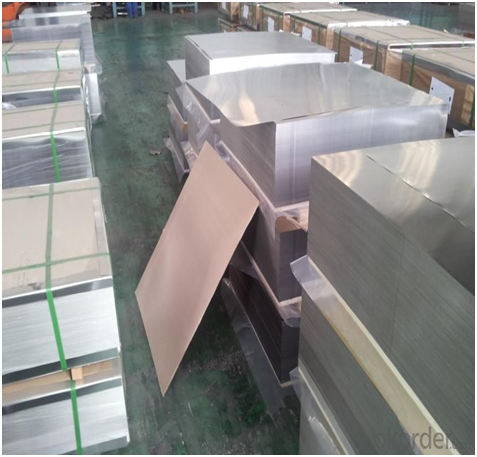
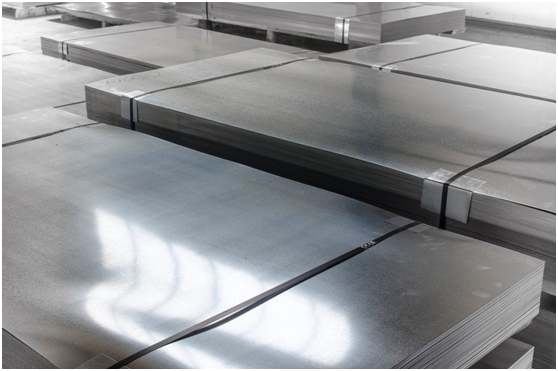
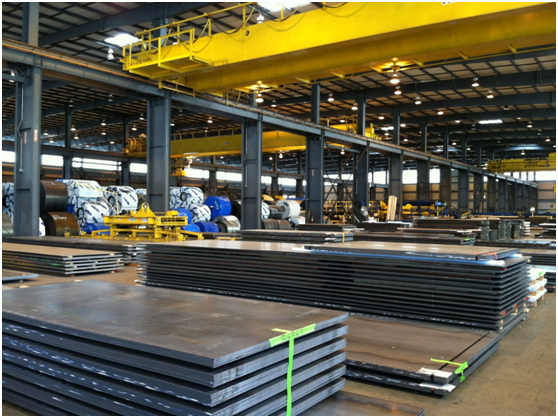
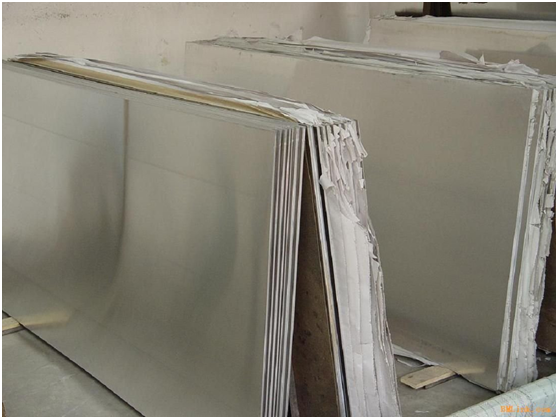

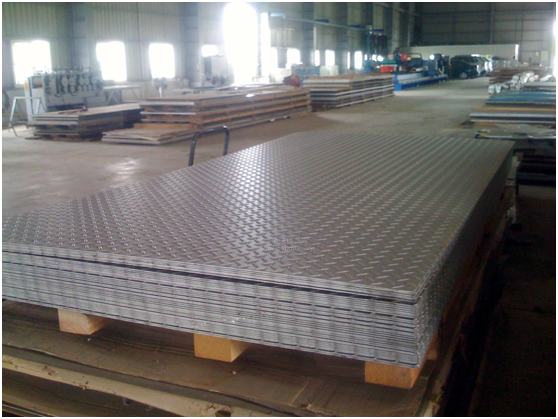
Cold Rolled and Hot Rolled:
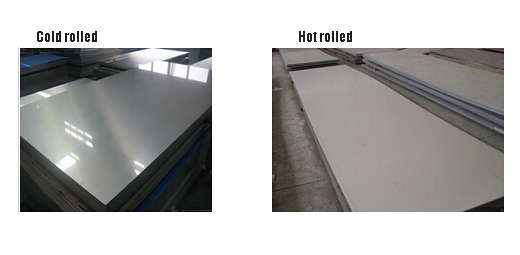
Packaging & Shipping
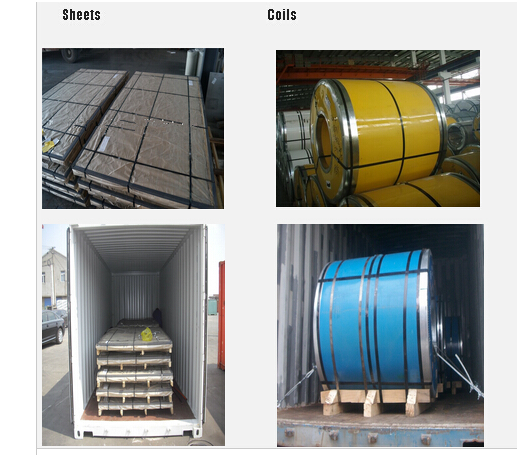
Our Services
Our company has cooperative relation between the domestic agents. Stainless steel sheet can be made accordingto the customers requirements. Fasten delivery. Quality assured.
Company Information
CNBM(China National Building Material Company)International Corporation is a state owned Enterprise.
We are listed in the fortune global 500 companies, and we are the second largest building material company in the world.
We are specialized in producing stainless steel coil, stainless steel (plate/sheet), and duplex stainless steel for a prelonged period. We are currently doing grade of steel of 201/202,304/304L, 310S/309S/316L/316Ti/321,410/420/430/444/443/409L, and 904L.
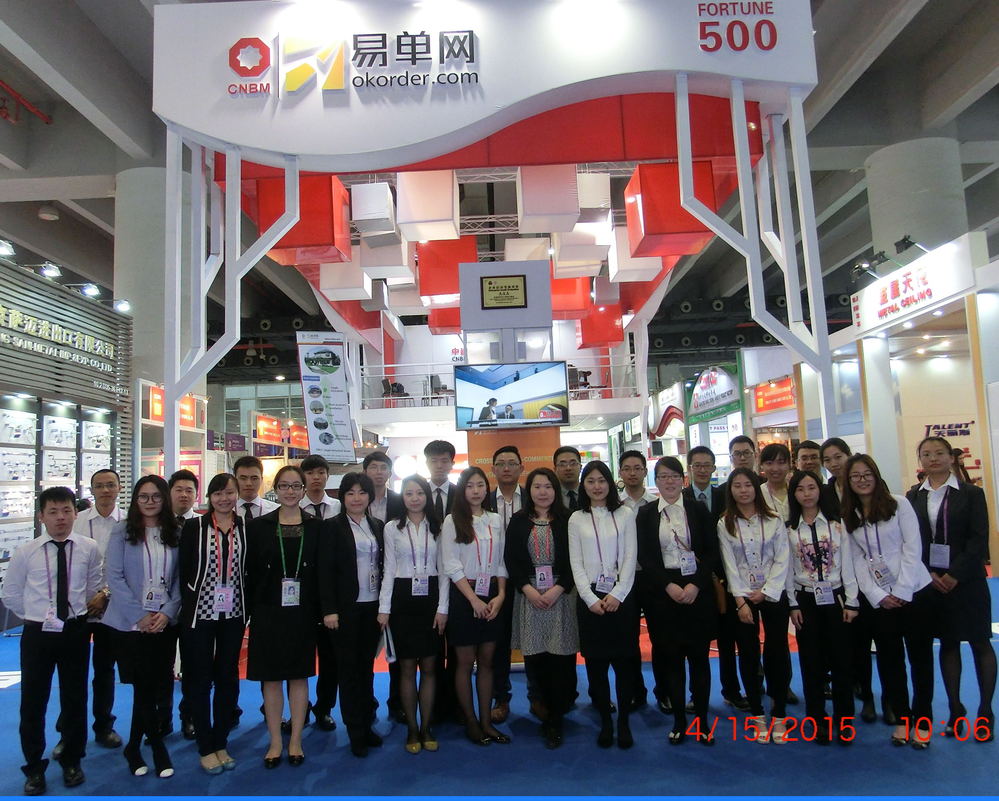
FAQ
1. How Many years experience do we have?
We have been exported to more than 20 countries in the past 15 years.
2. How long do we usually reply your request?
We always reply our customer within 24 hours.
3. What material are we supplying now?
We are specialized in producing Stainless Steel Coil, Stainless steel(plate/sheet), and duplex stainless steel for 2 decades. We are currently supplying 201/202, 304/304l, 310S/309S/316l/316Ti/321, 410/420/430/444/443/409l, and 904l.
If you have any question about stainless steel sheets,donot forget to sending the email to Us! You will get the competitive Price and have a very good experience about the Buying Process! CNBM International Corporation is always your trustful friend!
- Q: What are the benefits of using textured stainless steel sheets in decorative lighting fixtures?
- Using textured stainless steel sheets in decorative lighting fixtures offers several benefits. Firstly, the textured surface adds visual interest and enhances the overall aesthetic appeal of the fixture. The texture can create unique patterns and reflections, adding depth and dimension to the lighting design. Additionally, stainless steel is a durable material that is resistant to corrosion and staining, ensuring the longevity and durability of the fixture. This makes it a reliable choice for decorative lighting fixtures that are exposed to different environmental conditions. Moreover, stainless steel is easy to clean and maintain, requiring minimal effort for upkeep. Overall, the use of textured stainless steel sheets in decorative lighting fixtures combines both functional and aesthetic advantages, making it an ideal choice for designers and homeowners alike.
- Q: How do you determine the thickness of stainless steel sheets required for a specific application?
- To determine the thickness of stainless steel sheets required for a specific application, several factors need to be considered. These factors include the type and magnitude of the load or stress the sheet will be subjected to, the desired level of durability and strength, the specific application requirements, and any applicable industry standards or regulations. Engineering calculations, material testing, and consultation with experts in the field can help in determining the appropriate thickness for the stainless steel sheets needed for the specific application.
- Q: How do you prevent intergranular corrosion on stainless steel sheets?
- Intergranular corrosion is a type of corrosion that occurs along the grain boundaries of stainless steel, leading to structural damage and reduced strength. To prevent intergranular corrosion on stainless steel sheets, several measures can be taken: 1. Material Selection: Choosing the right grade of stainless steel is crucial in preventing intergranular corrosion. Grades with low carbon content, such as 304L or 316L, are less prone to this type of corrosion due to their reduced susceptibility to sensitization. 2. Heat Treatment: Stainless steel sheets can be heat treated to remove carbide precipitation, a common cause of intergranular corrosion. The process, known as solution annealing or sensitization heat treatment, involves heating the material to a specific temperature range and then rapidly cooling it. This treatment ensures the formation of a consistent and corrosion-resistant microstructure. 3. Passivation: Passivation is a chemical process that removes contaminants and forms a protective oxide layer on the surface of stainless steel sheets. This layer acts as a barrier against corrosion and prevents intergranular attack. Passivation is typically done using nitric acid or citric acid solutions. 4. Welding Techniques: When welding stainless steel sheets, it is important to use proper welding techniques to minimize the risk of intergranular corrosion. This includes using low heat input, avoiding excessive heat build-up, and employing filler materials with low carbon content to prevent sensitization. 5. Avoiding Contamination: Stainless steel sheets should be protected from contamination by other metals, especially those with higher galvanic potentials. Contact with carbon steel, for example, can result in galvanic corrosion and promote intergranular attack. Therefore, it is essential to separate stainless steel sheets from other metals in storage and during fabrication. 6. Regular Cleaning and Maintenance: Regular cleaning and maintenance of stainless steel sheets are essential to prevent the accumulation of corrosive substances or contaminants on the surface. Proper cleaning methods and non-abrasive cleaners should be used to avoid scratching the stainless steel, which can create sites for corrosion initiation. By implementing these preventive measures, intergranular corrosion can be significantly minimized, ensuring the longevity and performance of stainless steel sheets.
- Q: How do you prevent distortion when welding stainless steel sheets?
- In order to prevent distortion while welding stainless steel sheets, it is important to follow several key steps and precautions: 1. Begin by ensuring that the stainless steel sheets are thoroughly cleaned and free from any contaminants, such as oil, grease, or dirt. Use an appropriate solvent or degreaser to clean the surfaces before welding. This will help to avoid trapping impurities in the weld, which can cause distortion. 2. Accurate fit-up of the stainless steel sheets is crucial to minimize distortion. Make sure that the edges of the sheets are properly aligned and that there are no gaps or misalignments. Proper clamping or tacking can also help to maintain the correct position of the sheets during welding. 3. Controlling the heat input is essential to prevent excessive distortion. Use the appropriate welding technique, such as TIG or MIG, to control the heat. Avoid overheating the stainless steel sheets, as this can lead to warping and distortion. It is important to maintain a consistent and controlled heat input throughout the welding process. 4. Plan the weld sequence properly to minimize distortion. Start from the center and work outward in a balanced manner to distribute the heat evenly. This will prevent localized heating, which can cause distortion. Alternating between sides and allowing each weld to cool before moving to the next one can also help reduce distortion. 5. Choose the right welding technique and parameters. For example, using a lower heat input, slower travel speed, and smaller weld bead can minimize distortion. Additionally, using a backstep technique, where the weld travels in a forward and backward motion, can help distribute the heat and reduce distortion. 6. Consider preheating the stainless steel sheets to reduce the temperature gradient and minimize distortion. Ensure that the preheating temperature is within the recommended range for the specific stainless steel grade. After welding, it is advisable to perform post-weld treatment, such as stress relieving, to minimize residual stresses that can lead to distortion. By following these steps and precautions, it is possible to significantly reduce distortion when welding stainless steel sheets. However, it is important to note that each welding process and stainless steel grade may have specific requirements. Therefore, it is recommended to refer to the manufacturer's guidelines and seek professional advice for optimal results.
- Q: Are stainless steel sheets resistant to corrosion?
- Yes, stainless steel sheets are generally highly resistant to corrosion due to the presence of chromium in their composition, which forms a protective oxide layer on the surface. This oxide layer acts as a barrier, preventing the metal from being exposed to corrosive elements and ensuring its durability in various environments.
- Q: What are the different types of stainless steel sheet patterns?
- There are several different types of stainless steel sheet patterns available. Some of the most common patterns include: 1. Plain or smooth pattern: This is the most basic and simple pattern, with a smooth and flat surface. 2. Diamond pattern: Also known as tread plate or checker plate, this pattern features raised diamond-shaped ridges, providing excellent slip resistance. 3. Tear drop pattern: Similar to the diamond pattern, this pattern features raised teardrop-shaped ridges, offering enhanced slip resistance. 4. Linen pattern: This pattern resembles the texture of linen fabric, with a series of parallel lines intersected by a crisscross pattern. 5. Quilted pattern: This pattern resembles a quilted fabric, with a diamond-shaped or square-shaped design. 6. Hammered pattern: This pattern has a textured surface that resembles the marks left by a hammer, adding visual interest and dimension. 7. Perforated pattern: This pattern features small holes or perforations in the sheet, allowing for improved ventilation and drainage in certain applications. These are just a few examples of the various stainless steel sheet patterns available. Different patterns offer different aesthetic and functional benefits, allowing for greater versatility in design and application.
- Q: What are the advantages of using stainless steel sheets?
- There are several advantages of using stainless steel sheets. Firstly, stainless steel is highly resistant to corrosion, making it suitable for various applications in industries such as construction, automotive, and food processing. Secondly, stainless steel sheets are known for their durability and strength, making them ideal for withstanding heavy loads and extreme temperatures. Additionally, stainless steel sheets are easy to clean, maintain, and sanitize, making them a hygienic choice for applications in healthcare and food industries. Lastly, stainless steel sheets offer an aesthetically pleasing appearance, making them a popular choice for architectural and decorative purposes.
- Q: 304 stainless steel has several advantages, a few big advantages, the more concrete the better
- 304 stainless steel is a universal stainless steel material, antirust performance than the 200 series of stainless steel material stronger. High temperature resistance is also good, the general use of temperature limit is less than 650 degrees centigrade.
- Q: What are the benefits of using mirror-finish stainless steel sheets?
- Mirror-finish stainless steel sheets offer numerous advantages in various applications. Firstly, their mirror-like surface adds elegance and style to any space, whether it be in interior design, architecture, or decorative pieces. The reflective nature of the mirror finish enhances the overall aesthetic appeal. Furthermore, these sheets are exceptionally durable and long-lasting. The high-quality stainless steel material used in their production ensures resistance to corrosion, rust, and staining, making them suitable for both indoor and outdoor use. This quality also makes them easy to clean and maintain, saving time and effort in upkeep. In addition, mirror-finish stainless steel sheets have the ability to reflect light, making them ideal for spaces that require enhanced lighting or where light distribution is important. The reflective surface helps brighten up the environment, making it perfect for areas such as kitchens, bathrooms, and commercial spaces. Moreover, these sheets are highly versatile and can be used in a wide range of applications. From kitchen countertops and backsplashes to wall claddings, elevator interiors, and even custom-made furniture, their versatility allows for creative and unique designs in various industries. Furthermore, mirror-finish stainless steel sheets have excellent heat resistance properties, making them suitable for applications involving high temperatures. This feature makes them a popular choice in commercial kitchens, industrial settings, and other environments where heat exposure is a concern. Lastly, mirror-finish stainless steel sheets are an environmentally friendly option. Stainless steel is highly recyclable, and using mirror-finish sheets promotes sustainability by reducing the need for new materials. This aligns with the growing emphasis on eco-friendly practices and the desire to reduce the carbon footprint. In conclusion, the advantages of mirror-finish stainless steel sheets include their elegant appearance, durability, light reflection capabilities, versatility, heat resistance, and eco-friendliness. These qualities make them a desirable choice for various applications, providing both aesthetic appeal and functional advantages.
- Q: Can stainless steel sheets be used for chemical reactors?
- Indeed, chemical reactors can indeed utilize stainless steel sheets. The utilization of stainless steel in chemical reactors is quite popular due to its remarkable resistance to corrosion. Its ability to resist chemical reactions with various substances is commendable, thus rendering it suitable for handling corrosive chemicals or environments. Moreover, stainless steel sheets are renowned for their durability, exceptional strength, and capacity to endure high temperatures. Hence, they are ideal for deployment in chemical reactors that may operate under extreme conditions. Furthermore, stainless steel is effortlessly maintainable and easy to clean, which is a pivotal factor in ensuring the purity and integrity of the reaction process. In conclusion, stainless steel sheets are widely employed in the construction of chemical reactors and are widely recognized as a trustworthy and efficient choice of material for this purpose.
Send your message to us
Stainless Steel Plate 304 with Surface Treatment
- Loading Port:
- Shanghai
- Payment Terms:
- TT OR LC
- Min Order Qty:
- 1000 m.t.
- Supply Capability:
- 5000000 m.t./month
OKorder Service Pledge
OKorder Financial Service
Similar products
Hot products
Hot Searches
Related keywords
